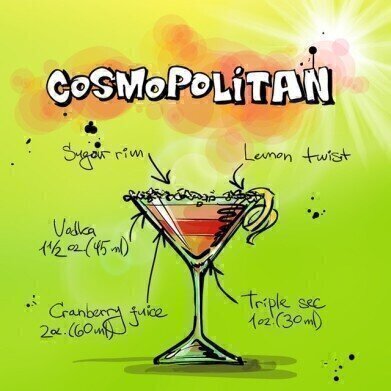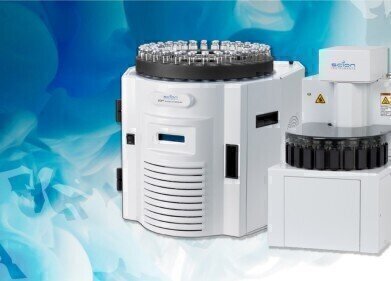Industrial News
Double Vodka and a Chromatography Column Please
Sep 17 2015
Chromatography is one of the major tools for analysis in laboratories — and in many chemical and biomedical applications it is high performance liquid chromatography (HPLC) that is used, whether it is on its own or used in tandem with a mass spectrometer (LC-MS).
Technological changes are being applied to chromatography that might remove HPLC from the lab and allow its use in other locations. Microscale LC-MS shows how advances might allow chromatography instrumentation to develop as discussed in this article, Increasing Mass Spec Sensitivity with the Novel ionKey/MS System, Making Microscale LC-MS Routine, Robust, and Accessible to Scientists at any Skill Level.
Green chromatography
Even with these changes, organic solvents are used that could present problems outside of a traditional laboratory environment. The solvents currently used for LC-MS — acrylonitrile, methanol and ethyl acetate — have to be stored and used under strict conditions. Their use in chromatography also generates a waste solvent that needs specialist disposal techniques — these all add to the cost and inconvenience of using chromatography and would be a potential barrier to its use outside of a lab situation.
Strategies to introduce green chromatography are being evolved as discussed in the article, ‘Green’ HPLC is Better and Easier Than You Think. But to make HPLC or LC-MS free from the shackles of the laboratory — a tool to be used anywhere — a solvent freely available almost anywhere in the world would be needed. And a recent study has shown that alcohol — vodka, gin or grain — could be that solvent.
Supermarket Chromatography
If alcohol readily available from a supermarket can be used in a HPLC system or even in an LC-MS system, it could help free the instrument from tightly controlled regulatory systems allowing its use away from the lab. The work was carried out by a team from the Merck Research Laboratories and reported in ACS Sustainable Chemistry and Engineering in a paper titled Cocktail Chromatography: Enabling the Migration of HPLC to Nonlaboratory Environments.
The researchers investigated the use of distilled alcohol spirits such as rum, vodka and grain alcohol along with household chemicals like vinegar and ammonia as mobile phases and additives to carry our HPLC and LC-MS analyses. They investigated a standard HPLC column (4.6mm I.D.) and a microflow column (0.3mm I.D.), with the microflow column potentially allowing over 30000 injections from a litre of vodka.
Grain alcohol analysis
Compared to the current green HPLC mobile phase (HPLC grade ethanol) the team found that the distilled alcohol proved to be a suitable alternative, and that the household chemicals were able to enhance the ionization properties of the samples to allow MS to be carried out.
The results obtained using distilled alcohols offer a starting point — that alongside technological gains — suggest a future for chromatographic analysis that can use inexpensive and environmentally friendly chemicals to help free chromatography from the lab.
Image by Alexas_Fotos from Pixabay
Digital Edition
Chromatography Today - Buyers' Guide 2022
October 2023
In This Edition Modern & Practical Applications - Accelerating ADC Development with Mass Spectrometry - Implementing High-Resolution Ion Mobility into Peptide Mapping Workflows Chromatogr...
View all digital editions
Events
Apr 23 2024 Kintex, South Korea
Apr 23 2024 Seoul, South Korea
Apr 28 2024 Montreal, Quebec, Canada
May 05 2024 Seville, Spain
May 15 2024 Birmingham, UK














